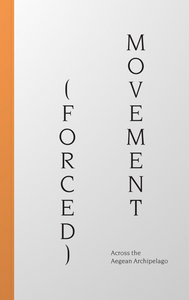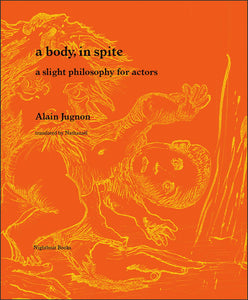Trans: Gender und «Race» in einer Zeit unsicherer Identitäten
Rogers Brubaker

In 2015, shortly after Caitlyn Jenner came out as transgender, Rachel Dolezal, president of a chapter of the National Association for the Advancement of Colored People (NAACP), was "outed" as white by her parents. This sparked a debate in the media about the fluidity of gender and race. If Jenner could legitimately identify as female, couldn't Dolezal also identify as black?
Paradoxically, although sex, unlike race, has a biological foundation, choosing or changing sex or gender finds greater acceptance than choosing or changing race. While Dolezal's claim that she was black was accepted by few, the fluidity of race identities is increasing as ancestry - increasingly understood as mixed - loses its dominance over identity and race and ethnicity, as well as gender, are seen as one thing what we do and not as something we have. By reconsidering race and ethnicity through the lens of the transgender experience—not only as a movement from one category to another, but also as a position between and beyond existing categories—Brubaker underscores the malleability, contingency, and arbitrariness of the categories of race .
Starting from the controversial coupling of «transgender» and «transracial», Rogers Brubaker shows how gender and race, which have long been understood as stable, innate and unambiguous, have in recent decades – in different ways and to different degrees – become changeable and amenable to choice. Transgender identities have moved from the periphery to the mainstream at a dizzying pace, and boundaries of ethnicity and race have become blurred.
Paradoxically, although sex, unlike race, has a biological foundation, choosing or changing sex or gender finds greater acceptance than choosing or changing race. While Dolezal's claim that she was black was accepted by few, the fluidity of race identities is increasing as ancestry - increasingly understood as mixed - loses its dominance over identity and race and ethnicity, as well as gender, are seen as one thing what we do and not as something we have. By reconsidering race and ethnicity through the lens of the transgender experience—not only as a movement from one category to another, but also as a position between and beyond existing categories—Brubaker underscores the malleability, contingency, and arbitrariness of the categories of race .
Starting from the controversial coupling of «transgender» and «transracial», Rogers Brubaker shows how gender and race, which have long been understood as stable, innate and unambiguous, have in recent decades – in different ways and to different degrees – become changeable and amenable to choice. Transgender identities have moved from the periphery to the mainstream at a dizzying pace, and boundaries of ethnicity and race have become blurred.
Year
2023
Length
328 pages
Cover
Softback
Binding
Perfect binding
Dimensions
15 × 9,2 cm.

















































